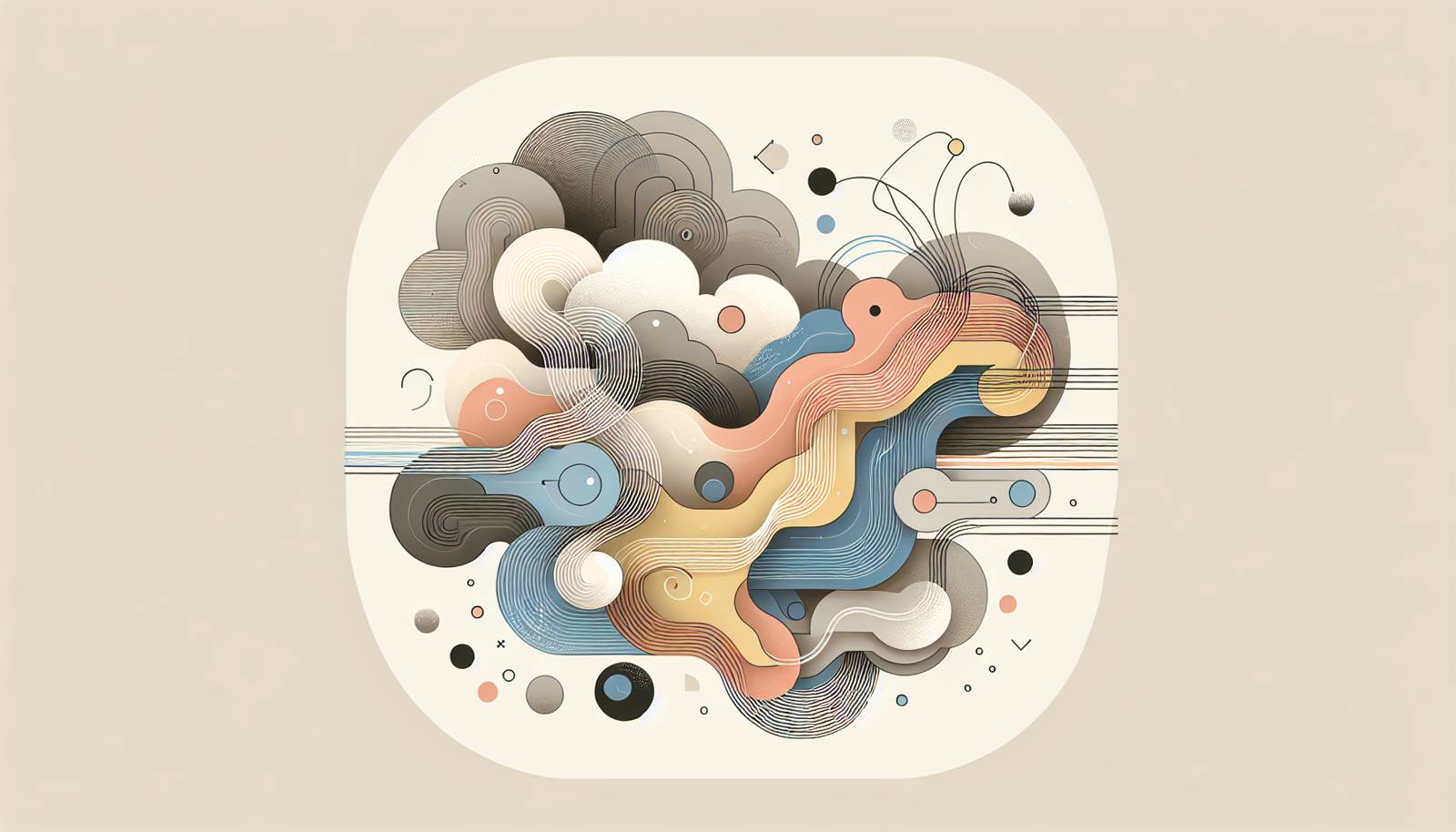
FAQ About The Cultural Impact of Virtual Avatars in Social Media

What are virtual avatars in social media?
Virtual avatars are digital representations of users used on social media platforms and other online environments. These avatars can range from simple images or icons to highly customizable, three-dimensional figures that can mimic a user's physical appearance or represent fantasy characters. They serve as a visual identity for users, allowing them to interact within digital spaces.

How do virtual avatars affect personal identity on social media?
Virtual avatars allow individuals to express different facets of their identity by choosing how they wish to be represented online. This can lead to greater freedom in exploring aspects of self-presentation, such as gender, fashion, and personality, that might not be as easily expressed in the physical world. However, it can also raise issues regarding authenticity and the potential for anonymity to obscure true identity.

In what ways do virtual avatars influence interaction on social media platforms?
Avatars can significantly alter the way interactions occur on social media by providing a sense of presence that text or static images cannot. They enable more immersive communication, allowing expressions through movements and gestures in virtual spaces. This can enhance user engagement and facilitate more dynamic conversations, although it also poses challenges in interpreting sincere emotional cues.

What is the significance of customization in virtual avatars?
Customization in virtual avatars is significant as it empowers users to create representations that reflect their personal aesthetics, preferences, and identities. This fosters a sense of ownership and individuality in digital interactions. Customizable avatars also drive user engagement by offering personalization options that cater to diverse cultural backgrounds and personal tastes.

Can virtual avatars lead to cultural homogenization?
While virtual avatars offer customization, there is a concern that predominant Western styles or cultural stereotypes might influence the designs heavily, leading to cultural homogenization. This can diminish the representation of more diverse cultures unless platforms actively incorporate and promote diverse cultural aesthetics and options in avatar customization.

Do virtual avatars impact user privacy on social media?
Virtual avatars can impact user privacy both positively and negatively. They allow users to participate in social media without revealing personal information, which can safeguard privacy. However, if an avatar is linked to detailed personal data or real-world identities, it could potentially become a privacy liability, particularly if the platform's security is compromised.

How do virtual avatars contribute to digital culture?
Virtual avatars are a crucial aspect of digital culture, contributing to new forms of storytelling, identity exploration, and social interaction. They are central in virtual worlds and video games which influence trends in fashion, language, and community building. Cultural phenomena such as "virtual influencers" are a testament to their growing impact.

What are the ethical considerations regarding virtual avatars?
The use and creation of virtual avatars raise several ethical considerations, including issues of representation, consent, and the potential for misuse. There is concern about the creation of avatars that could infringe on cultural or individual identities without permission, as well as the use of avatars for deceptive purposes or bullying.

What role do virtual influencers play in social media?
Virtual influencers are digital characters operated by individuals or teams who create and manage their content on social media platforms. They blend the concept of a virtual avatar with influencer marketing, attracting followers and driving brand engagement without the unpredictability that human influencers might bring.

Are virtual avatars used uniformly across all social media platforms?
The use of virtual avatars varies significantly across different social media platforms. Platforms like Snapchat and Bitmoji emphasize avatar-driven interactions, while others like Facebook and Twitter may offer avatars as optional features. Understanding each platform’s capabilities can enhance how users choose to engage with one another.

How do virtual avatars support inclusivity and diversity in social media?
Virtual avatars can support inclusivity and diversity by representing a wide range of cultures, identities, and abilities. Platforms that prioritize diverse customization options empower users to present themselves more authentically and inclusively, supporting a broader representation of user backgrounds and experiences.

Do virtual avatars have an economic impact on social media platforms?
Yes, virtual avatars can have a significant economic impact. Their creation and customization often drive revenue through the sale of virtual goods, clothing, and accessories. This creates a new market within social media platforms where users spend money to enhance and personalize their avatars.

What is the future of virtual avatars in terms of technological advancement?
The future of virtual avatars is likely to see significant advancements in both technology and user experience. Developments in virtual reality (VR), augmented reality (AR), and artificial intelligence (AI) will lead to more realistic and interactive avatars, potentially making them a standard feature in digital communication.

Are there any risks associated with the use of virtual avatars?
There are multiple risks associated with the use of virtual avatars, including identity theft, the spread of misinformation, and potential emotional manipulation. Users must navigate these risks carefully, especially regarding the authenticity and security of the avatars they interact with or create.

How do virtual avatars affect mental health on social media?
The impact of virtual avatars on mental health can be both positive and negative. They may provide a safe space for social interaction for individuals suffering from anxiety or disabilities. Conversely, excessive use or reliance on avatars could lead to issues with self-esteem or identity disassociation, particularly if one's online persona differs greatly from their real-life identity.

Can virtual avatars bridge communication gaps in digital interactions?
Virtual avatars have the potential to bridge communication gaps by enabling expressive, non-verbal communication that emojis or text cannot fully convey. They can facilitate cross-cultural exchanges and allow users to communicate nuances in mood or intention, although they also require careful consideration to ensure accurate interpretation across different cultural contexts.

How has the COVID-19 pandemic influenced the use of virtual avatars?
The COVID-19 pandemic significantly increased the use of virtual avatars as individuals sought new ways to connect while maintaining social distance. Virtual events, meetings, and social gatherings in avatar-based interaction platforms became more common, shifting a portion of social dynamics to the digital realm during lockdowns.

What are some popular platforms for virtual avatars?
Popular platforms for creating and using virtual avatars include social media sites and apps like Bitmoji, Zepeto, and VRChat. Each offers various customization options and distinct community experiences centered around avatar-driven interaction.

How do children and teenagers interact with virtual avatars on social media?
Children and teenagers often use virtual avatars in more playful and exploratory ways, such as engaging in virtual games or social platforms that enable creativity and social learning. However, their use also necessitates considerations regarding safety, privacy, and the suitability of platform content.

What impact do virtual avatars have on brand marketing in social media?
Virtual avatars can be powerful tools in brand marketing. Brands use them to create personalized, interactive experiences for customers, enhancing brand engagement through unique storytelling and immersive campaigns. Virtual influencers, in particular, can help brands reach targeted demographics in innovative ways.
